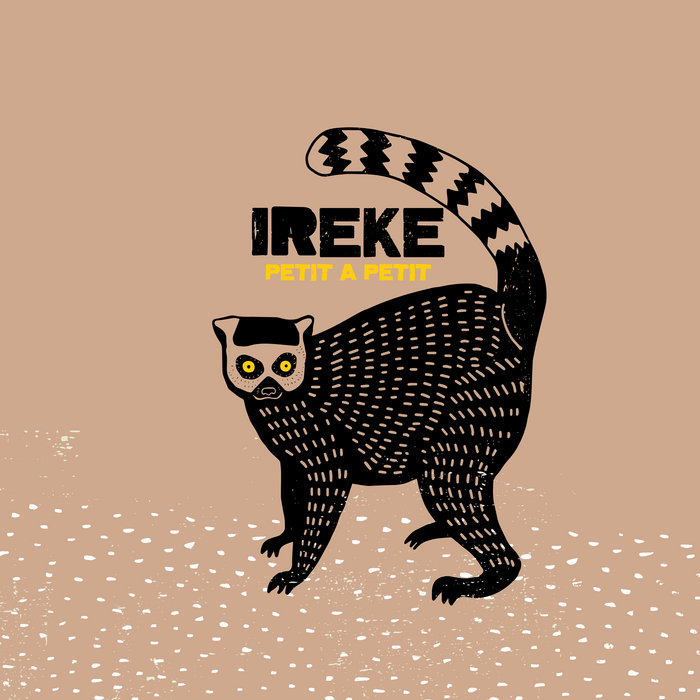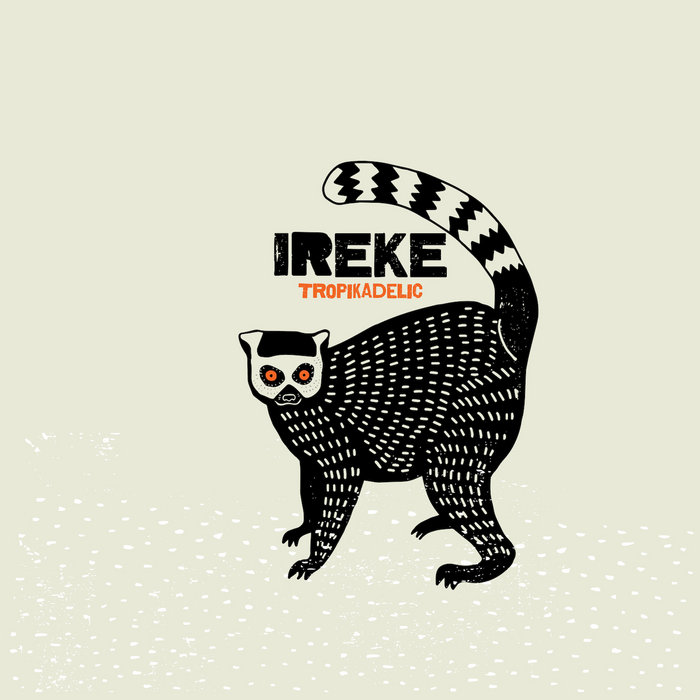
Dans Mon Regard Feat Agnès Hélène – IREKE
this blog is GROOVY – check out great Soul, Funk, Jazz, Hip Hop, Bass, Breaks , Reggae, House n many more TUNES
Ah, the Caribbean! A sun-soaked paradise where reggae, calypso, salsa, and soca mingle like a colorful parade. This region is not just about palm trees and crystal-clear waters; it’s also a vibrant hub for some of the most infectious music on the planet. Let’s take a groovy journey through the history of Caribbean music—a wild ride filled with catchy rhythms and quirky tales!
The roots of Caribbean music stretch far back to the indigenous peoples who inhabited these islands long before Columbus set sail. But let’s fast-forward to when things started getting really interesting in the 17th century. With European colonization came an influx of African slaves who brought their rich musical traditions along for the ride.
These influences blended over time into what we now celebrate as various Caribbean genres. For example:
Speaking of energy—did you know that during Carnival season in Trinidad & Tobago, it has become tradition among dancers to wear “soca shoes”? These funky kicks are designed specifically so they can dance all day without hurting their feet. Talk about footwear innovation made just for party people!
Let’s hone in on reggae because it deserves its own spotlight! In Jamaica during the late ’60s, musicians like Bob Marley began fusing earlier styles like ska (a fast-paced predecessor) with rocksteady (slower but still groovy). The result? Reggae majestically rocked our ears!
Bob Marley became synonymous with reggae globally—his songs are more than tunes; they’re anthems filled with hope and positivity. Marley’s bandmates often joked that he had only one mood: happy! Every time there was an argument or disagreement within bands or crews while touring, he would break out into song until everyone forgot why they were mad.
Not only did Bob excel at making beautiful music; he was also a football fanatic! It’s said that if he wasn’t strumming chords on his guitar or belting out lyrics under moonlight skies—with his signature dreadlocks flowing knockin’ at heads—he could be found kicking around on any field nearby.
Now let’s sprinkle some calypso magic over our exploration. Originating from Trinidad in response to colonial rule by French planters during Carnival celebrations—it provided clever social commentary wrapped up in catchy melodies.
Musicians such as Harry Belafonte helped popularize calypso outside its native soil back in America during the ’50s—who doesn’t remember “Day-O” being blasted at parties?
Ever noticed how many calypsonians have quirky stage names? Take Mighty Sparrow—or perhaps Lord Kitchener?! Rumor has it these names originated partly due to old-world etiquette where using titles added flair—but mostly because humor reigns supreme amongst these artists…and what better way than having crowd-thumping appeal?
As we cruise through genres—the spicy flavor explosion called salsa lights up dance floors worldwide! Emerging mainly from Cuban rhythms infused heavily within New York City nightlife during mid-century—the genre cements itself firmly among Latin American diaspora expressing joy amidst struggling times past hard-hitting realities faced throughout history involving immigration challenges long before today arrived upon us all…no need diving deep here though!
It includes fiery artists like Celia Cruz who once declared herself “Queen,” earning her crown directly via sheer vocal prowess showcasing powerful yet jubilant melodies bringing smiles across nations wherever played loudest till dawn rippled memories shared under stars twinkling overhead…
Celia Cruz loved sweets so much she had a favorite saying: “¡Azúcar!” which means “Sugar!” She’d shout this every chance she got—not just when performing but even while waiting backstage between sets—and guess what? Her enthusiastic sugar-shouting caught on so widely fans created their own sing-alongs mimicking her style!
From zouk beats echoing through French West Indies to dancehall booming throughout Jamaican streets—Caribbean music creates infinite connections across cultures layered beautifully uniting hearts forever evolving one jam session after another inspiring generations globally craving those joyous vibes reflecting true life experiences reflective uplifting moments brightening every song sung together endlessly…
So next time you’re feeling down or stressed out hit play find inspiration somewhere hidden maybe pick-up maracas shake ‘n sway letting loose embracing rhythmically vibrant adventures entwining passions ignited resonating strong reminding us always—we’ll always carry caressing sounds alive whenever searching solace basked beneath tropical skies afloat harmonious rhapsodies painting artistry connecting souls each lyric deeply woven fabric intricately stitched journeys spun smiling faces bearing witness sharing laughter delight shining benevolently evermore radiant resonating fervently enjoyed embracing unity remembering fun & funky ways revealing endless possibilities awaiting discovery lingering grace note shining brightly timelessly moving forward harmoniously…
There you have it folks—a brief look into sassy sea-salted stories highlighting enduring legacies behind grooves pumping adventurously navigating euphoric lands embraced forever embedding innovation redefining boundaries structuring soundscapes swirling around island dreams delivering happiness aplenty vibing warmly soaking sunshine daily reminding everybody if nothing else—they can always count good ole’ #CaribbeanMusic 🎶🌴

Dans Mon Regard Feat Agnès Hélène – IREKE

Petit à Petit feat (Agnès Hélène) – IREKE

Tropikadelic – IREKE

Futuro Tumbao – Darker Than Wax